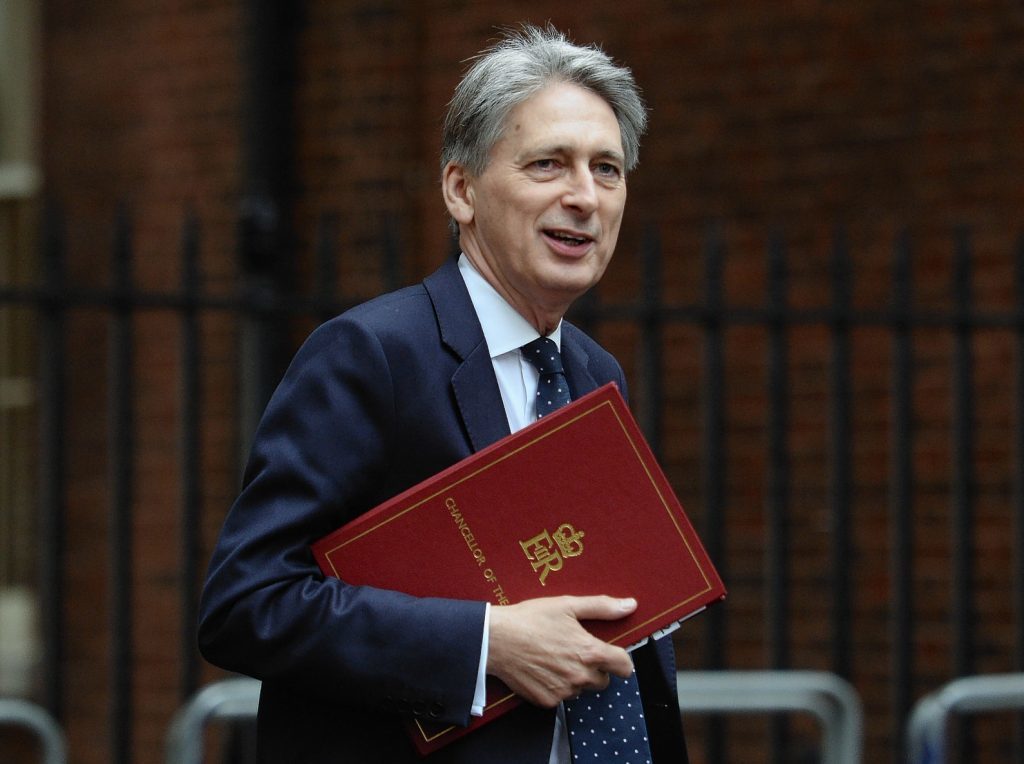
Chancellor Philip Hammond has resisted calls to back Treasury analysis supporting the fuel duty freeze.
Fuel duty has been kept at a rate of 57.95p per litre (for petrol and diesel) since 2011, despite several proposed hikes throughout George Osborne’s tenure as chancellor.
Mr Hammond told MPs that his own department’s analysis from 2014, which stated that the benefits of the freeze offset all tax losses, would “have to be looked at again in the context of the economy today”.
The Chancellor made the comments after revealing that the freeze had cost the Exchequer around £46bn and is set to cost a further £38bn – twice as much as that spent on NHS nurses and doctors each year.
He said: “To support British households, the Government has frozen fuel duty for eight successive years, by April 2019 these freezes will have saved the average car driver £850 compared to the pre-2010 escalator and the average van driver over £2,100.
“But it is important that we remember the other side of this coin, the fuel duty freezes since 2011 have meant the Exchequer has foregone around £46bn in revenues through to 2018/19 – and a further £38bn will be foregone over the budget forecast period as a result of these previously announced freezes.
“For context this is about twice as much as we spend on all NHS nurses and doctors each year.”
Tory former minister Robert Halfon responded, asking: “The Treasury study in 2014 said that freezing fuel duty benefits the economy to offset almost all the loss of tax to the economy and it said that GDP increased by £4.5 to £7.5bn over the forthcoming years.
“Given the recent rise in petrol by 13p and diesel 15p over the past year, does he agree with his own Treasury report that maintaining the fuel duty freeze would benefit the economy and help hardworking people in our country.”
Mr Hammond said: “The analysis that he refers to is from 2014 and obviously that analysis would have to be looked at again in the context of the economy today, but I do understand that the rise in oil prices and the feed through that that has had to the pump does represent a very real pressure for motorists which of course we will take into account.”